Travel Journal: Triund Trek: An Overnight Journey into the Indian Himalayas
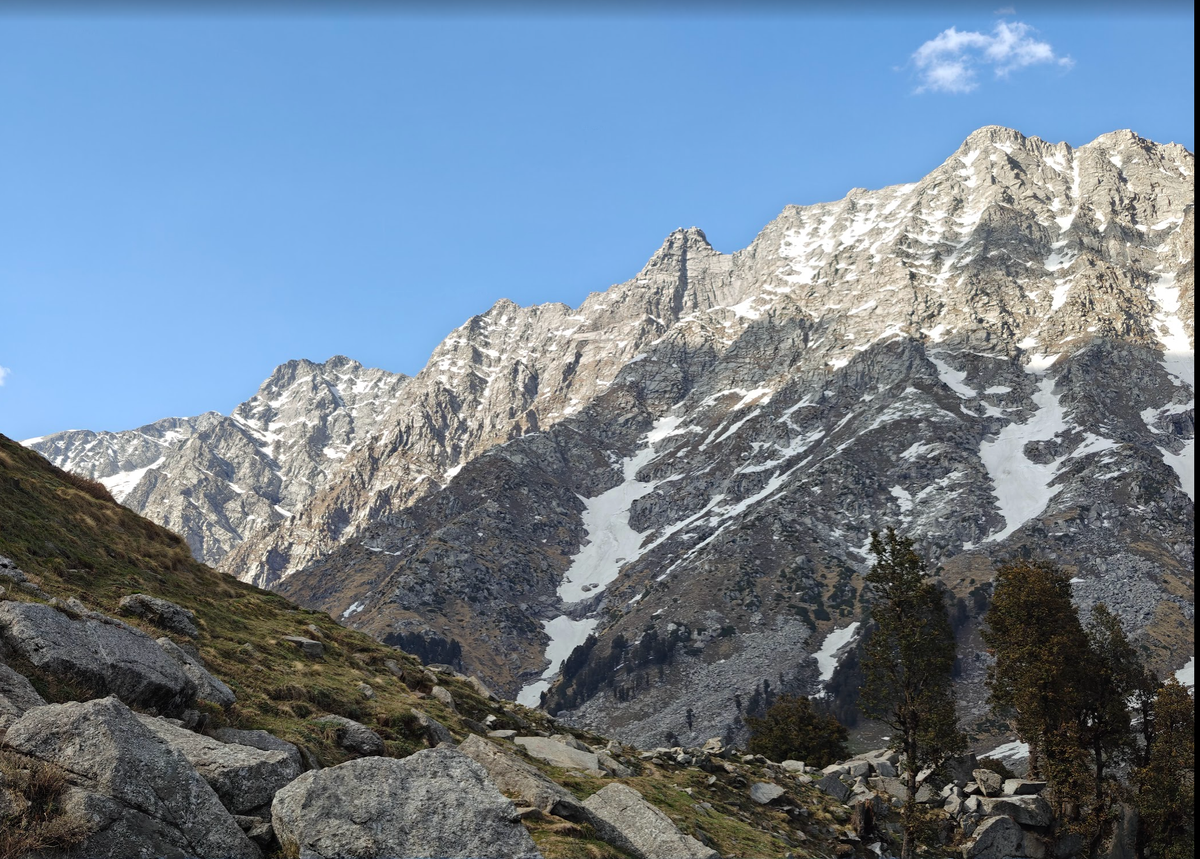
Chasing stars, testing limits, and learning lessons the meditation cushion never taught me.
The Call of the Mountains
I didn’t know a mountain could call you — not with words, but with a feeling. In Dharamkot, staring up at the snow-covered peaks of Himachal Pradesh, I felt it immediately. I had hiked cliffs in Iceland, valleys in Portugal, deserts in Israel — but this was different. The Himalayas weren’t just scenery; they were daring me to come closer.
With a backpack, basic clothes, and no guide but our instincts, my partner and I set out from Upper Dharamkot toward Triund and the Snowline — chasing stars, testing limits, and learning lessons no meditation cushion could have taught. Late April brought hot sun and crisp, cutting air, and as we climbed, every breath pulled us deeper into the raw heart of the mountains.
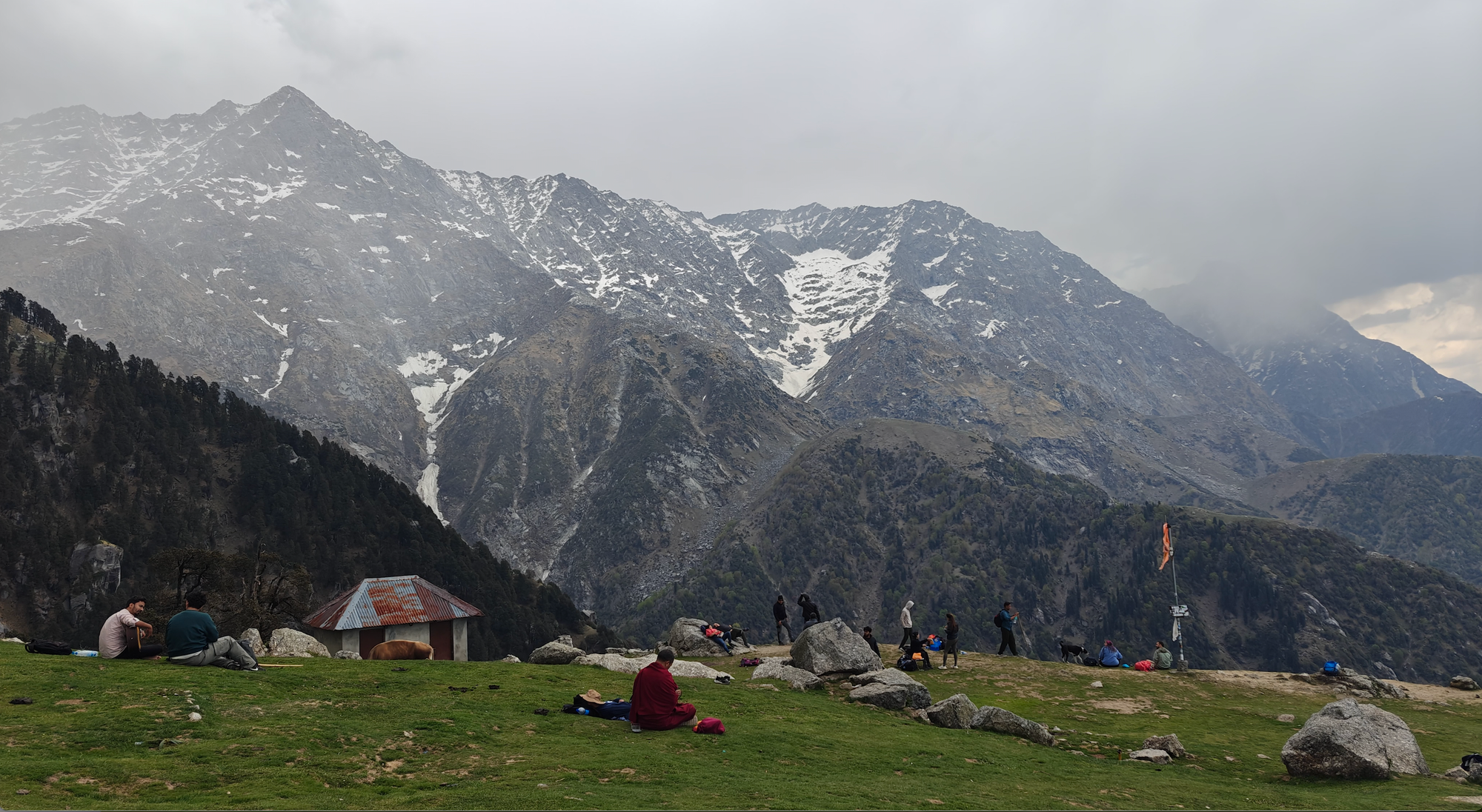
The Climb: 22 Curves and Mountain Gifts
Triund, sitting at around 2,850 meters, is often called the gateway to the Indian Himalayas — an accessible but serious first trek. From there, the trail steepens toward Snowline (around 3,200 meters), where snow lingers into spring and the crowds begin to thin. A few kilometers beyond lie the Laka Caves — wild, exposed, and humbling.
The first stretch of the trail felt familiar. I’d walked part of it once before, so it felt like revisiting an old friend. But soon, the mountain reminded me who was in charge. We hit the infamous 22 curves — a steep, rocky path that burned the legs and tested every drop of patience. Every step felt like a weighted one-legged squat. I was seriously grateful we packed light — no heavy camping gear, just the basics. It was the one moment I wished we’d rented those bamboo walking sticks you can grab at the trailhead.
Still, nature kept offering small gifts. Birds flitted across the path, butterflies floated beside us, and ladybugs hitchhiked up the trail on my backpack. Spring was everywhere — alive, buzzing, and softening the challenge with beauty.
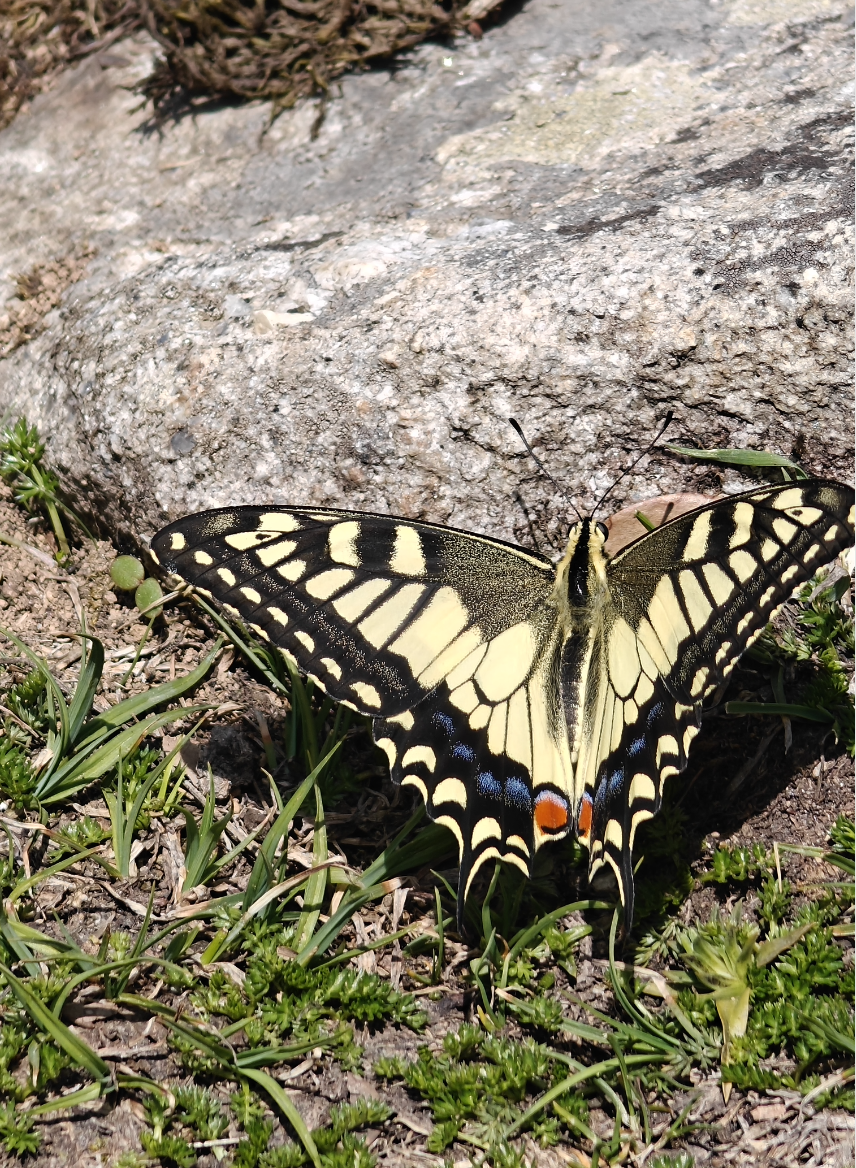
Somewhere along the way, we stopped for a lemon water and a bowl of Maggie — instant noodles that somehow taste divine above 2,000 meters. The exhaustion became part of the reward.
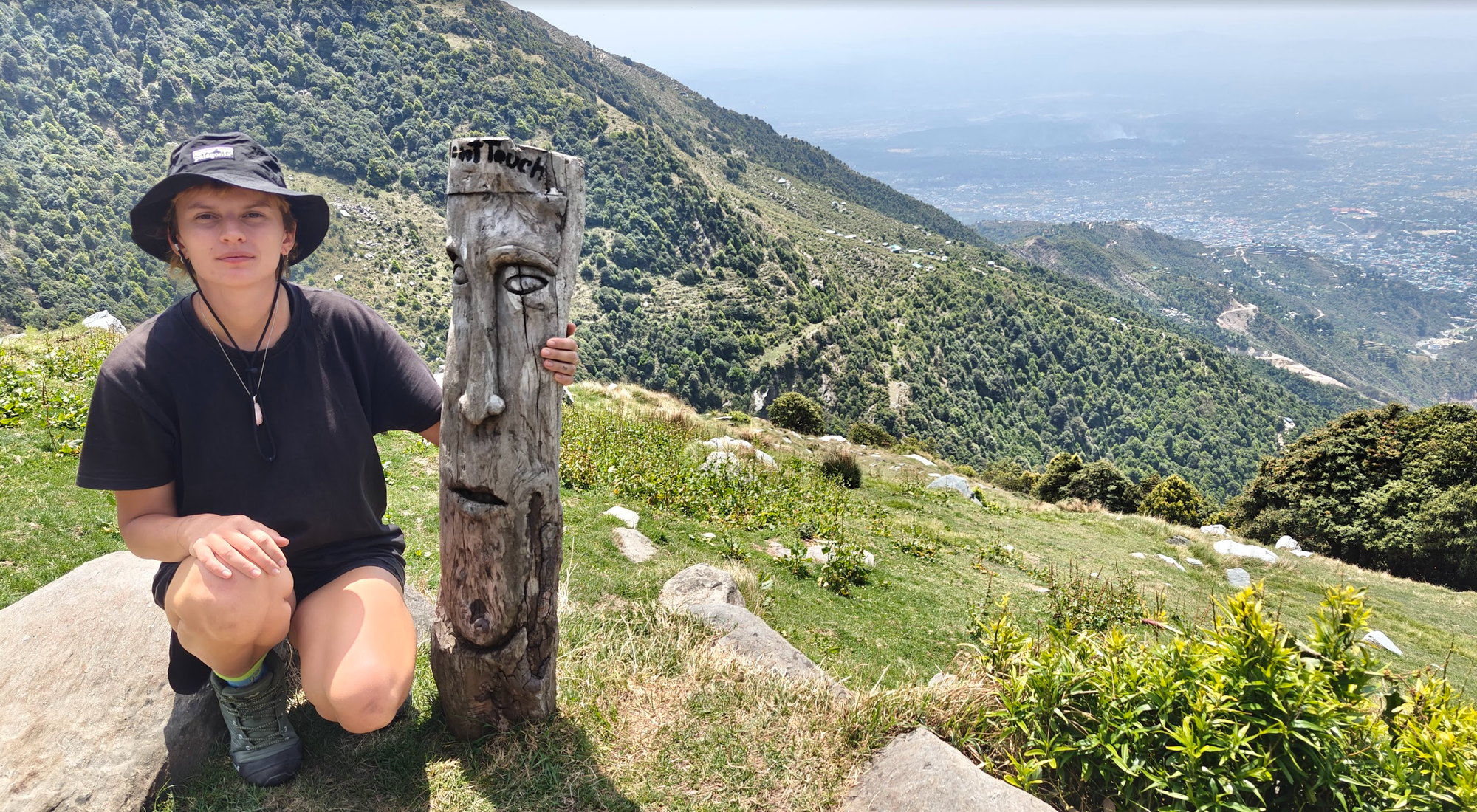
A Night at Snowline: Stillness & Stars.
We stayed at the Snowline Quest Himalayas camp — a cozy setup just before the actual snowline. In the place we found 3 camps, and chose the middle one, due less people and better views. There were only a few others there: an older couple from Holland and another indian couple. The air was fresh, the vibe mellow. We checked our tent, packed with four sleeping bags for two people. It cost around ₹1000–1500 (11-15eur) per person, including a warm dinner and simple breakfast — dal, Maggie, and eggs.
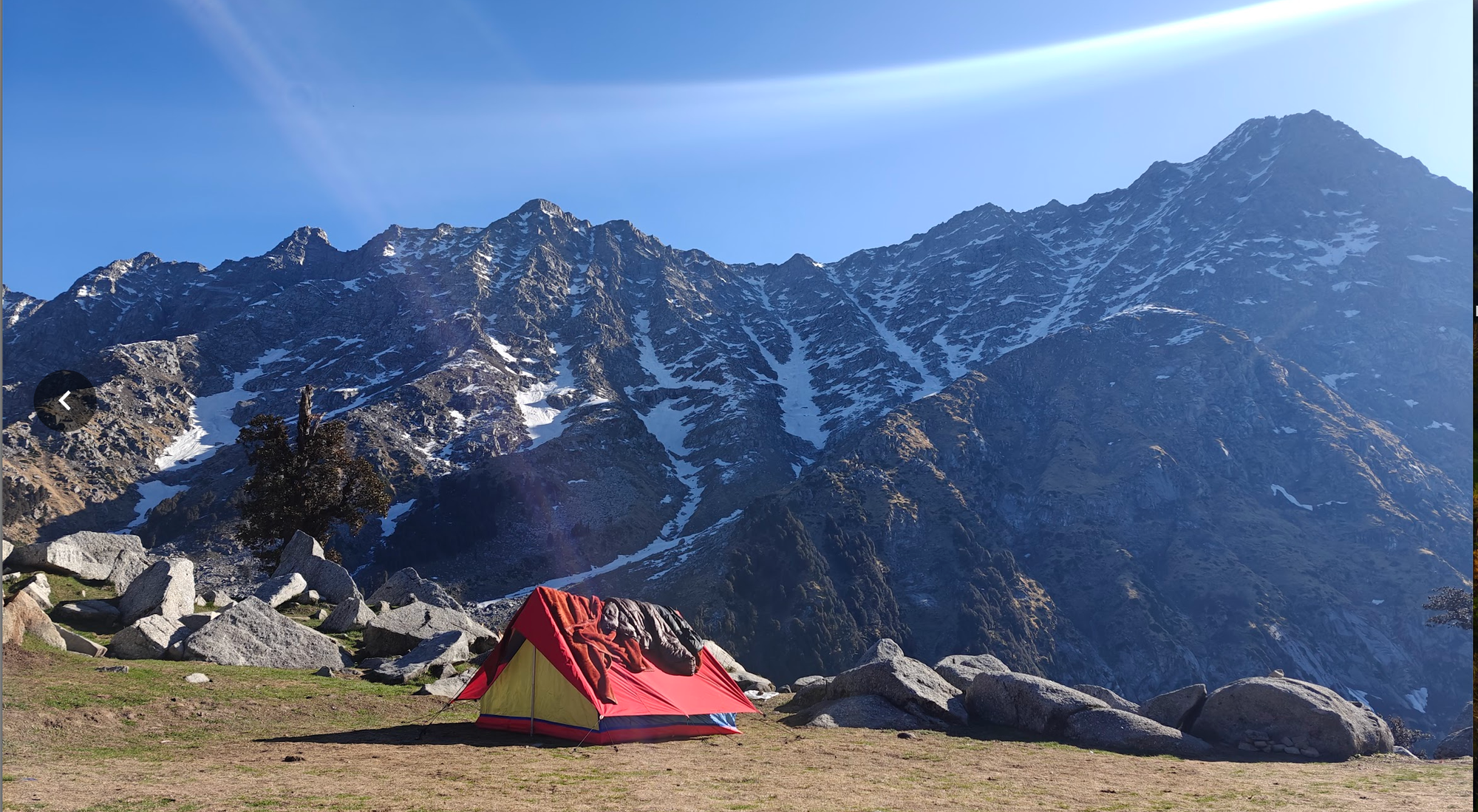
As the sun slipped behind the peaks, the temperature dropped fast. I was a little underdressed, but my Lithuanian cold tolerance helped me power through (still, I wished I’d packed a hat and socks). The sky turned deep blue, and a kind of sacred silence set in. Then — the stars arrived.
We laid back and watched them explode above us. The sky was so clear. No mood made everything more vivid: the cold breeze, the starlit silence, the distant peaks glowing like spirits.
Humility at the Edge
Seeing the snowy Himalayas up close gave me a sense of being tiny — not in a bad way, but in a “wow, I’m part of something bigger” kind of way. These mountains have held gods, sages, and wanderers long before me. There’s a weight to their silence.
One of the quiet lessons I took from this trek was simple: respect. The mountains don’t reward ego. They demand presence, humility, and responsibility — for yourself, and for whoever’s walking beside you. It’s not about conquering the trail; it’s about walking it with care.
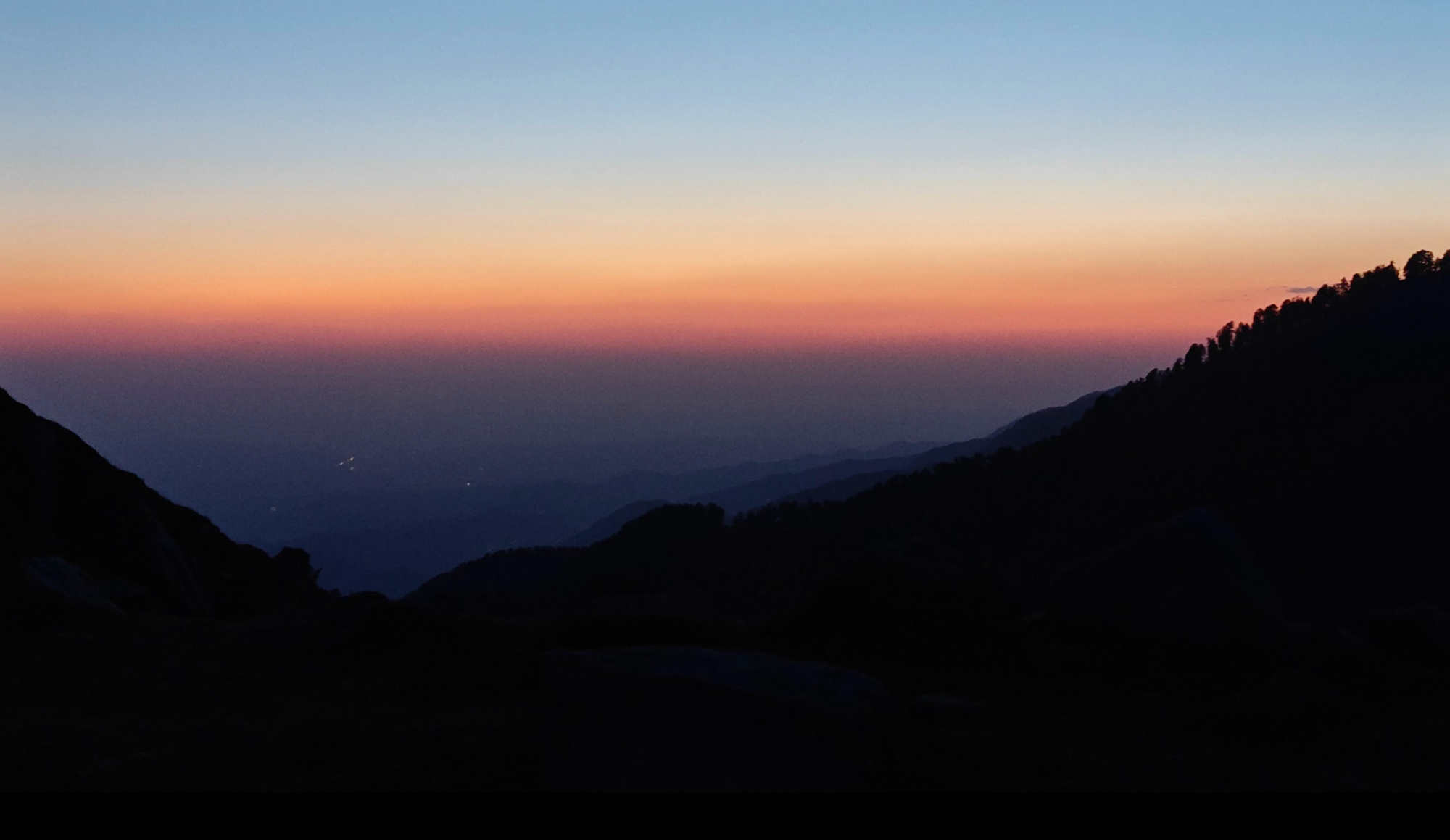
Simple Meals, Big Gratitude
Food on the mountain is simple — and somehow, it hits different. At Triund and Snowline, meals are basic but soulful. A warm plate of dal in the evening, eaten with tired legs and cold fingers, feels like a feast. Maggie noodles are everywhere — not something I’d normally crave, but after hours of climbing, they become mountain fuel. Salty, hot, and oddly satisfying.
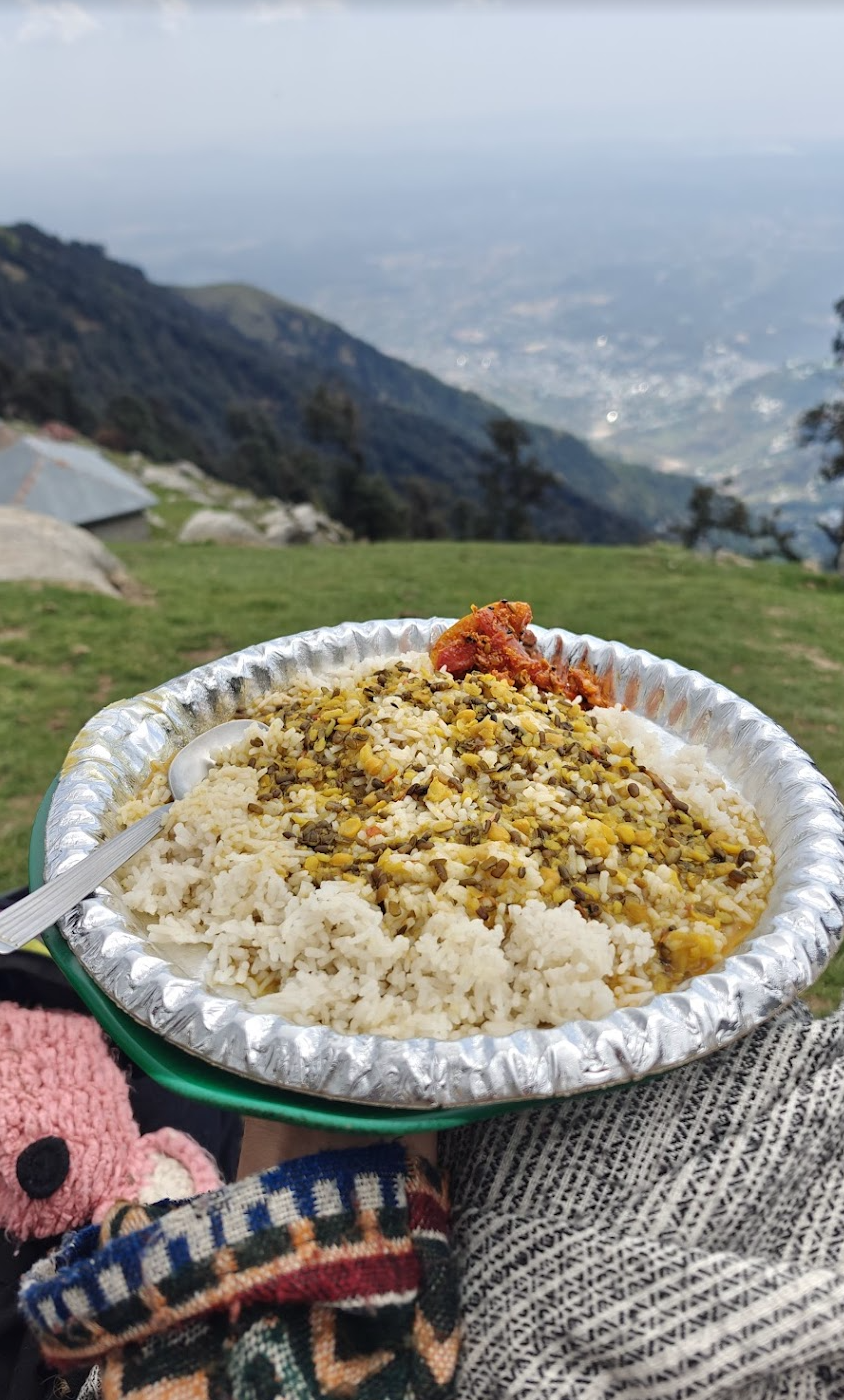
We also had chai in the evening and again in the morning — small cups of warmth that helped start and end the day with a little more comfort.
If you're planning this trek, I definitely recommend packing a few snacks for energy — nuts, dates, or protein bars. It’s easy to underestimate how much you’ll need, especially when the climb gets steep and there’s still a long way to go.
Coming Down: Barefoot and Listening to My Knees
The descent started off as play. After the rocky section past the Laka caves, I decided to go barefoot — partly to feel closer to the earth, partly to stop my toes from jamming into the front of my shoes. It felt good. For about an hour.
Then my knee started acting up. Old sensitivity. I put the shoes back on and carried on — slower, more mindful. For the next trek, I’m definitely bringing walking poles.
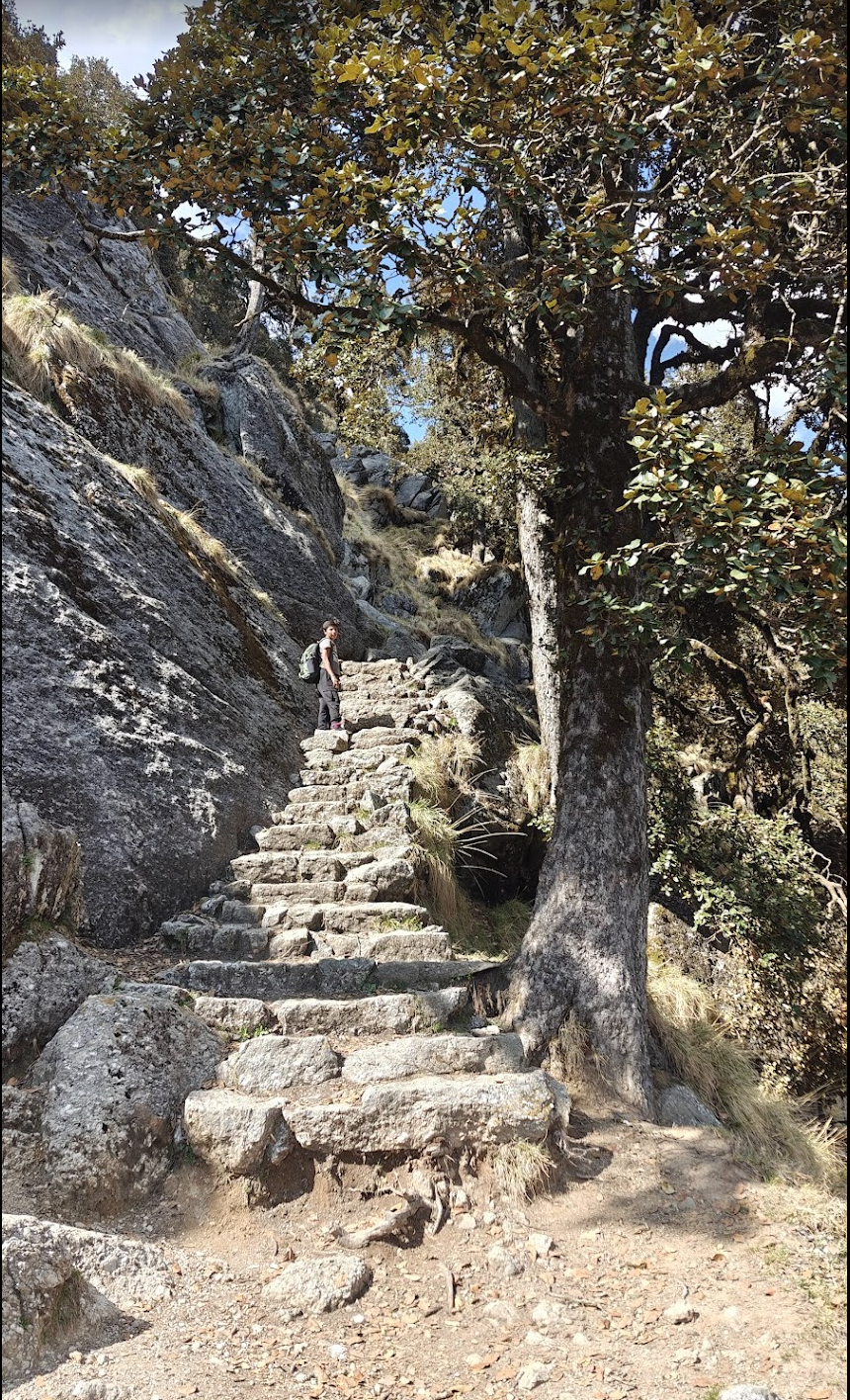
Return to the World: Hungry for More
By the time we reached the base, we were exhausted but glowing. That deep, satisfying tiredness you only get from doing something with your whole body. We found a cozy spot, ate a proper meal, and just… relaxed.
I was happy. Proud. Grateful. And also — hungry for more. Not just food, but more treks, more wild places, more reminders that life doesn’t always need Wi-Fi or a plan.
Sometimes, it just needs a mountain 🏔️
All the light,
See you next time